Expert Committee submits report to State Government; KSPCB awaits for directions to stop pollution menace
Mysuru: The Cauvery, Kapila and Lakshmanatheertha rivers, which supply drinking water to cities like Bengaluru, Mysuru and thousands of villages, are now severely polluted.
A comprehensive report submitted to the State Government by a Technical Expert Committee, constituted by the Karnataka State Pollution Control Board (KSPCB) under directives from the Central Pollution Control Board (CPCB), highlights the alarming state of these water bodies.
The Technical Committee assessed the water quality of rivers across India, including those in Karnataka. According to a 2022 CPCB report, 311 rivers nationwide, including 17 in Karnataka, are classified as polluted.
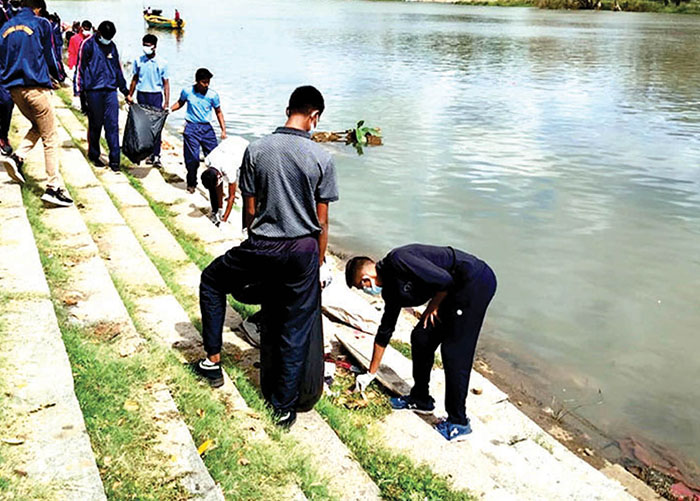
As per pollution control guidelines, the permissible Biochemical Oxygen Demand (BOD) is 1 mg per litre of water. However, the study revealed shocking levels of BOD — 6 mg in the Cauvery, 6.6 mg in Lakshmanatheertha and 3.8 mg in Kapila.
Among the worst affected is the Pinakini River, originating from Nandi Hills near Bengaluru, where BOD levels reached a staggering 111 mg per litre.
Other rivers showing dangerously high BOD levels include Aghanashini (3.3 mg), Arkavathi (39 mg), Bhadra (7 mg), Bheema (4 mg), Gangavali (3.4 mg), Kagina (3.1 mg), Krishna (4.7 mg), Nethravathi (6 mg), Sharavathi (3.3 mg), Shimsha (9.5 mg) and Tunga (6.2 mg).
Following KSPCB’s submission of a report to the Green Tribunal on water pollution, the CPCB directed the Board to conduct a thorough study of all 17 rivers in the State.
Following reports of polluted water being discharged into the Cauvery River, MLC Dinesh Gooligowda urged the State Government to take immediate action to prevent further contamination.
Expert Committee composition
In response, the Karnataka State Pollution Control Board (KSPCB), Mysuru Division, under directives from its Head Office, formed an Expert Committee.
The team comprises Chief Environment Officer Dr. P. Niranjan, retd. Environment Officer Dr. B.M. Prakash, an Executive Engineer from the Karnataka Water Supply and Sewerage Board (KWSSB), a Superintending Engineer from Cauvery Neeravari Nigama Limited (CNNL), along with Professors from the University of Mysore and Sri Jayachamarajendra College of Engineering (SJCE).
Reports indicate that the Cauvery River, originating in Kodagu, becomes increasingly polluted as it flows through Kushalnagar, Hunsur, Periyapatna, K.R. Nagar, Mysuru, Srirangapatna, T. Narasipur and Kollegal. Pollution is most severe in the Mysuru region, where underground drainage (UGD) water contaminates the river.
In addition, the Kapila River, flowing from the Kabini Dam, is compromised by polluted water from the Nanjangud Industrial Area and UGD water from Nanjangud town, rendering it unfit for human and animal consumption.
Exhaustive study
The Lakshmanatheertha River faces similar threats, with pollution from Hunsur, K.R. Nagar and other towns further exacerbating its condition. The Expert Committee conducted an exhaustive study over one-and-a-half months, identifying pollution hotspots, the extent of contamination and the sources responsible for polluting the three rivers.
Despite many residents unknowingly consuming polluted water daily, the State Government’s inaction — even 15 days after receiving this comprehensive report — raises serious concerns. It is critical for the Government to take swift measures to halt the pollution of these vital water sources before it escalates into a major public health crisis.
Action plan needed
Speaking to Star of Mysore, KSPCB Senior Environmental Engineer Savitha emphasised the urgent need to formulate an action plan to prevent further pollution of the rivers.
“The Expert Committee has submitted its report to the State Government, detailing the alarming levels of pollution in the Cauvery, Kapila and Lakshmanatheertha rivers. The report also includes recommendations for controlling this pollution. The next step is for the State Government, in consultation with experts, to devise an action plan to address the issue,” she said.
She added, “Once the plan is in place, directives will be issued to City Corporations, Local Bodies and the industries department to take immediate steps to curb water pollution. We are currently awaiting instructions from the State Government, which will be implemented once received.”



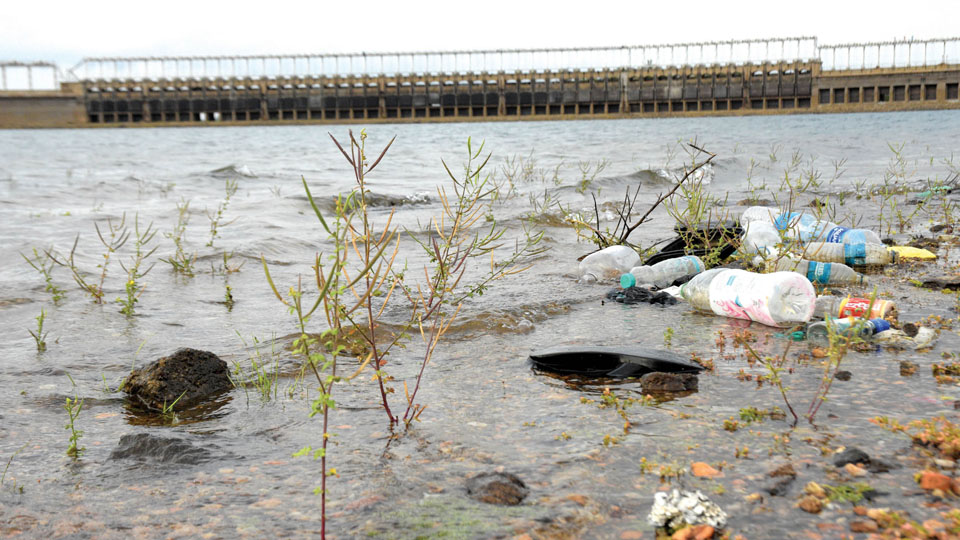
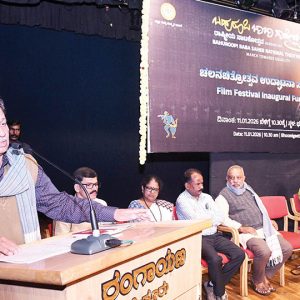
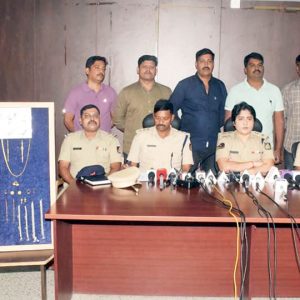

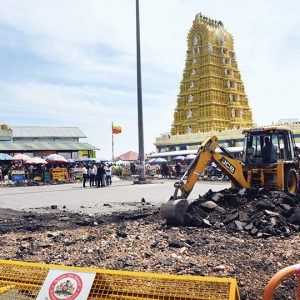
Recent Comments